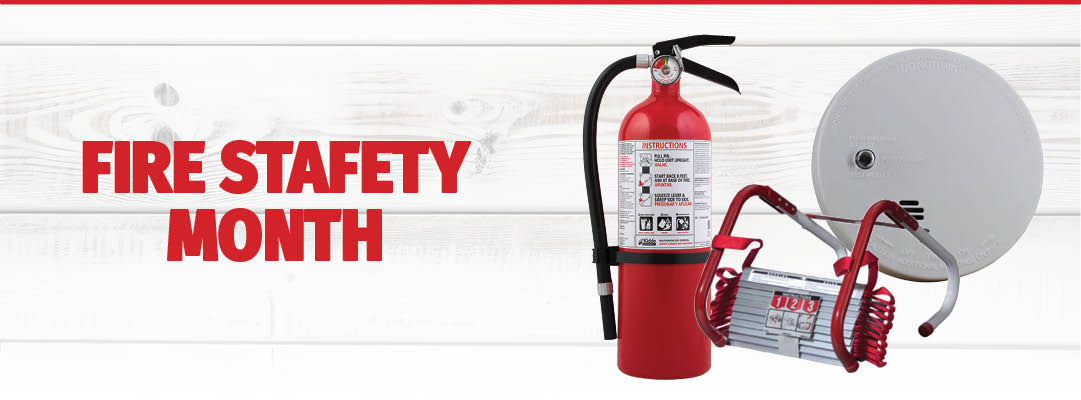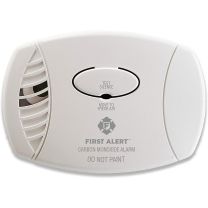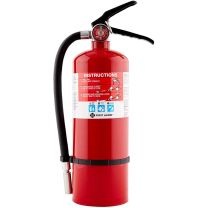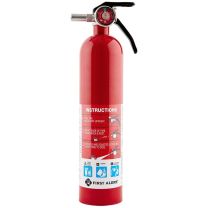October is Fire Safety Month

Fire Safety
Welcome to Fire Safety Month! It is essential to recognize the significance of fire safety in our lives. Every year, countless lives and properties are lost due to preventable fires. This month serves as a reminder to prioritize safety measures, educate ourselves, and take proactive steps to minimize risks.
Fire Safety Month is the time to educate ourselves on the impact fires can have on our lives, how to prevent them and how to be prepared if one happens.
1. Prevention: Many fires are preventable with simple precautions and awareness. Beaware of your surrounds and yourself. If you are sleepy or have consumed alcohol, don’t use the oven or stovetop. Stay in the kitchen when cooking and keep anything that can catch fire away from the stovetop. In other areas of the home, keep all flammable items away from heating vents, heaters and fireplaces. Never leave fireplaces and portable heaters unattended. Other proactive measures are things such as proper storage of flammable materials and regular maintenance of electrical systems.
2. Education: Educating ourselves and our communities about fire safety measures can save lives. From knowing how to use fire extinguishers effectively to developing evacuation plans, knowledge is our best defense against fire-related emergencies.
3. Preparedness: Fire Safety Month encourages preparedness for emergencies. This includes having functioning smoke detectors in place, knowing emergency contact numbers, and practicing fire drills at home, school, and work.
Key Tips for Fire Safety
1. Install Smoke & Carbon Monoxide Detectors: Ensure you have smoke alarms installed on every level of your home and inside each bedroom. Test them monthly and replace batteries annually. According to the National Fire Protection Association (NFPA), almost three out of five home fire deaths were caused by fires in properties with no smoke alarms or smoke alarms that failed to operate.
2. Create an Escape Plan: Develop a fire escape plan for your household or workplace. Practice the plan regularly, so everyone knows what to do in case of a fire.
3. Keep Fire Extinguishers Handy: Have fire extinguishers in key areas of your home, such as the kitchen and garage. Learn how to use them correctly and ensure they are regularly i inspected and maintained.
4. Practice Safe Cooking: Never leave cooking unattended, and keep flammable objects away from the stove. In case of a grease fire, smother the flames by covering the pan with a lid and turning off the heat.
5. Check Electrical Systems: Inspect electrical outlets, wiring, and appliances regularly for signs of damage or wear. Avoid overloading outlets and use surge protectors when necessary.
6. Teach Children Fire Safety: Educate children about the dangers of fire and how to respond in an emergency. Teach them to stop, drop, and roll if their clothes catch fire and to never hide during a fire.
When and How to Use Fire Extinguisher
Always put your safety first; if you are not confident in your ability to use a fire extinguisher, get out and call 9-1-1. The American Red Cross cautions you to evaluate the situation and ensure:
Everyone has left or is leaving the home
The fire department has been called
The fire is small, not spreading, and there is not much smoke
Your back is to an exit you can use quickly
Learn about the different types of fire extinguishers; not all will work on every fire. For home use, the National Fire Protection Association recommends a multi-purpose device large enough to put out a small fire but not so heavy that it will be difficult to handle.
How To Use a Fire Extinguisher
P Pull the pin
A Aim at the base of the fire
S Squeeze lever
S Sweep Side to side
Use fire extinguishers to suppress and control small fires to create an escape path to safety. There are 5 different types of fires and fire extinguishers are rated for fight these specific fire types.
A – Trash, Wood, Paper
B – Liquids
C – Electrical Equipment
D – Combustible Metals
K – Cooking Media
During Fire Safety Month, lets take proactive measures, educating ourselves and others, and foster a culture of preparedness. We can work together to reduce the risk of fires and protect our communities. Remember, fire safety is everyone's responsibility.
Review the instructions once a year. If you need to use a fire extinguisher, there won’t be time to learn how to do it.





















